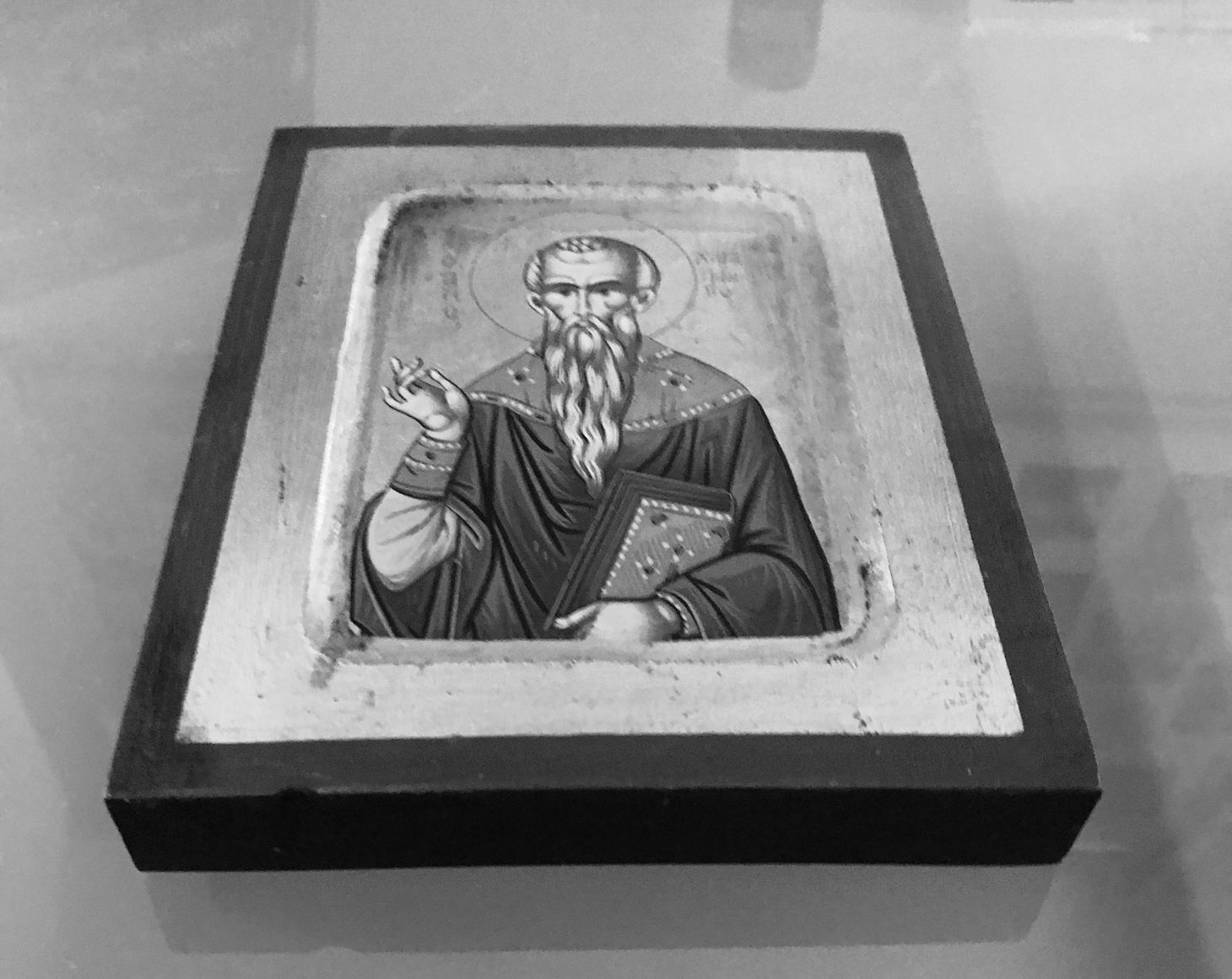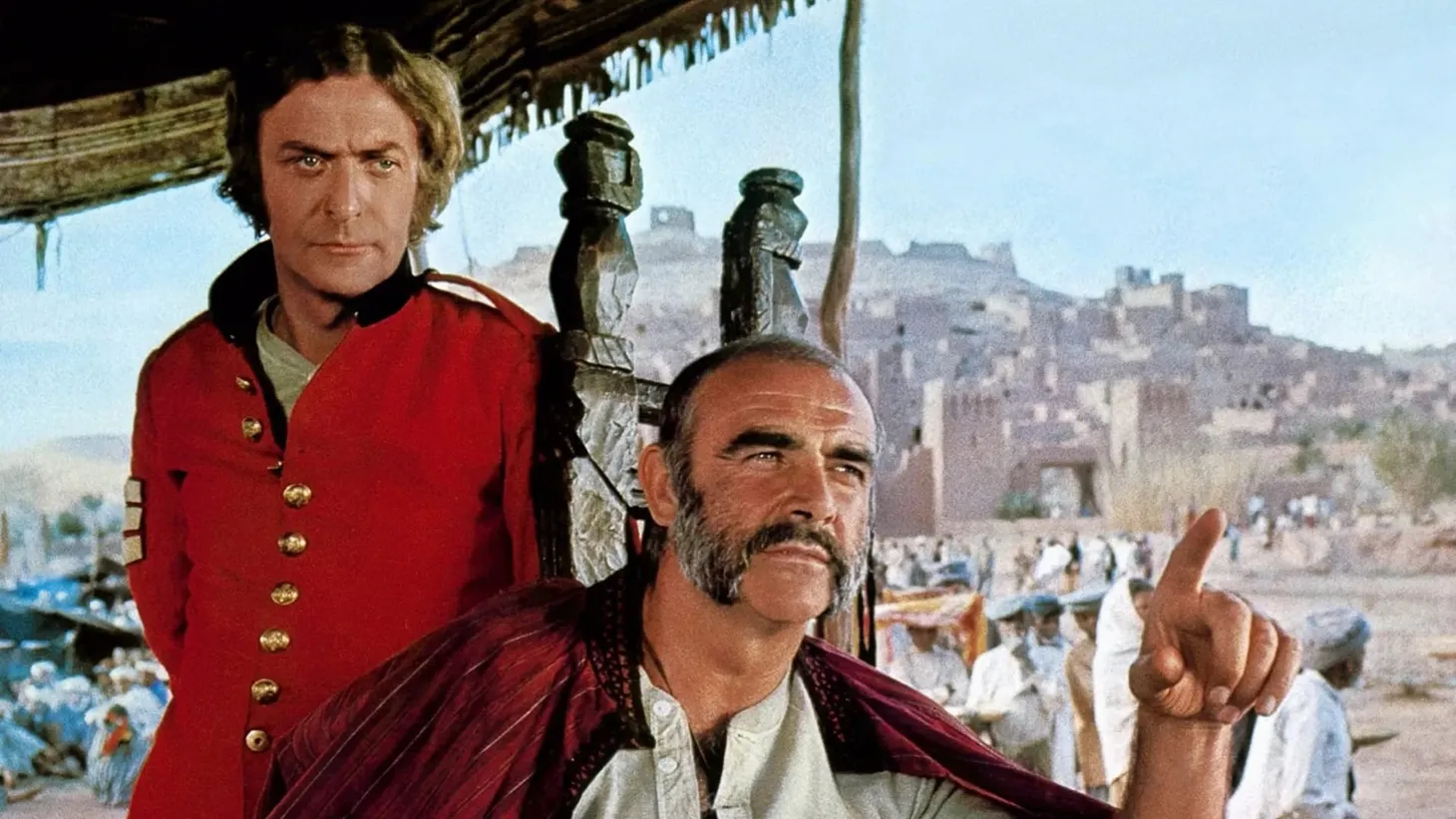Orthodox Christianity, The Far Right and the Green-Eyed Christ
A new book traces a trickle of far-right Christians moving to the Orthodox Russian church seemingly to chase authoritarianism but is there more to the story?

A new book entitled Between Heaven and Russia: Religious Conversion and Political Apostasy in Appalachia examines how more conservative and even far-right Christians are flocking to the Russian Orthodox Church Outside of Russia (ROCOR). The phenomenon is detailed by Odette Yousef in the NPR piece Orthodox Christian churches are drawing in far-right American converts.
Those who have followed the influx of extremists into American Orthodoxy agree that those individuals are fringe within the church and are mostly concentrated in newly founded ROCOR parishes. But they also warn that it would be foolish to ignore them. Of particular concern are the ways in which these individuals are networking with outside extremist groups and broadcasting their ideologies in the name of Orthodoxy.
I have to wonder to what extent Christians are leaving mainline or evangelical churches for Orthodox Christianity overall. The traditional American churches have changed in substantial ways to align with contemporary American cultural values. The piece on the book points out what a small minority the extremists represent within the Orthodox Church several times. However, it doesn't get at the number of people who are making the conversion to Orthodoxy, but who couldn't be painted with that brush. I suppose that wouldn't help with the narrative that is being woven here.
After the last service I attended at a Greek Orthodox Church, I asked a member of the clergy if he could tell me one thing that has changed in the last fifty years. At first, he struggled and couldn't come up with an answer. Then, you could see the light bulb flicker on in his head. Some lines in one of the hymns in their hymnal had changed in the recent past, he told me, beaming with pride. That was all he could come up with, and he was clearly satisfied. There's a path of continuity in the Orthodox tradition. Even Catholicism, that ancient faith which traces the first Bishop of Rome back to Peter, the rock on which Jesus said He would build his church, doesn’t match the allegiance to tradition that is present in Orthodox Christianity.
It makes some sense then, as we watch other churches argue about traditional versus contemporary services, or whether worship should be changed to incorporate more gender-neutral language, that a certain segment of Christians would be attracted to the stability of Orthodoxy. The Reformers once accused the Catholics of innovation, but it’s now mostly protestant churches that change elements of belief and worship. From the perspective of this believer, the changes are sometimes helpful and sometimes not. “Ecclesia reformata, semper reformanda (the church reformed, always reforming),” is the rallying cry, but when do the reforms go too far? It can seem like, each time a substantial change is made, a schism — seen or unseen — takes place in its wake and a new church is born. It reminds me of dubbing cassette tapes as a kid. Whenever a copy of a copy was made, there was a palpable loss of fidelity. A little more noise to go with the signal.
The Orthodox Church is not without its critics among its own ranks, particularly for its reticence to speak out on atrocities unfolding in Ukraine as vociferously as it condemns issues like abortion. It seems as if the faith leaders could take a page out of Pope Francis’ book when speaking with a more comprehensive moral clarity. Whether former Protestants are moving to Catholicism or Orthodoxy, though, it’s interesting to see the shift to high-church alternatives that are more historically consistent in how their traditions are expressed.
As I witness this happening, I'm reminded of a story that has haunted me since I read it. The Green-Eyed Christ by Adam Roberts is a cautionary metaphorical tale of church splits and new doctrines. The story takes place in the fourteenth century (pre-reformation) and follows a painter, Mijnheer Jacco Heuschrecke. Heuschrecke unknowingly gains a power by which anything he paints will be created in Heaven. As is the custom of the time, he paints mainly religious works and soon there are 12 new Christs in Heaven, all trying to decide who is the real deal. When the painter runs out of blue paint, he paints a Green-Eyed Christ, who, being the 13th and by virtue of his difference from the others, claims to be the true Christ. He comes to visit the confused painter to tell him only to sketch fourteen representations of God — that an angel has told Heuschrecke to fully paint — and give them colored eyes. Heuschrecke is troubled by sketching more beings in Heaven to add to the confusion.
‘They are already in Heaven,’ said the Green-Eyed Christ. ‘But weakly: like spectres, potentless, wandering here and there. A dab of paint will give them more substantiality in the eternal realm, but not so much as to be able to reassert the old, stifling order. And from this point the grace of God will pour down upon the world in a new way — in ten thousand variants, in new religions and new sciences, in a great flourescence of culture and life and possibility.’
‘Will it be so?’ Heuschrecke asked. His initial shock, at having an intimate conversation with the saviour of all humanity, had settled, and now he found himself uncertain as to the merits of what this Green-Eyed Christ was saying. ‘Must it be so?’
‘It is a new dawn, my friend,’ said the Green-Eyed Christ.
‘But what of Holy Mother Church?’
‘She will persist.’
‘But broken — fractured?
‘Oh yes. Broken as white light is broken into the rainbow.’
‘Heresies will prosper, like rank weeds in a beautiful flowerbed? No, Lord, surely not! Rival churches will challenge the oneness of faith?’
The painter flees, vowing to finish the paintings of God and, therefore, bring balance back to Heaven. It is hinted that Heuschrecke never finishes his paintings, but we already know how the story ends.



